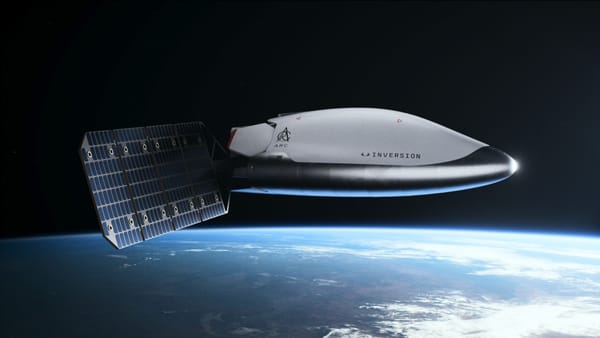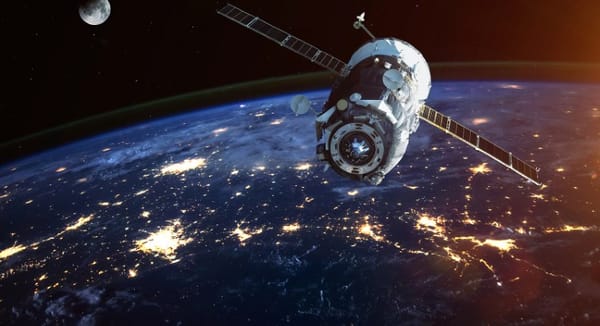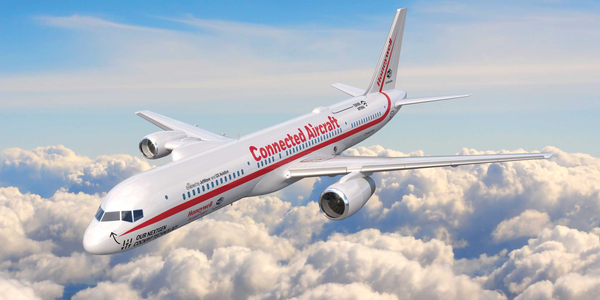ESA Inaugurates Deep Space Antenna
ESA inaugurates a new deep-space antenna in Western Australia to enhance communication with spacecraft.
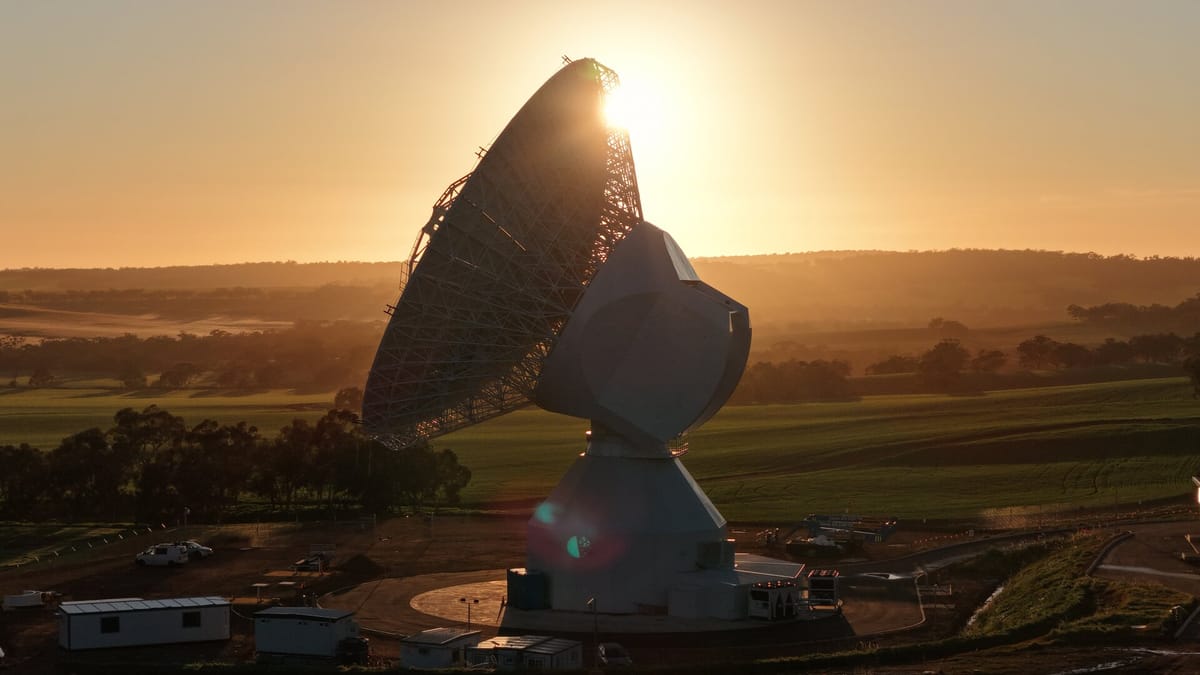
The European Space Agency (ESA) has inaugurated the 'New Norcia 3' deep space antenna in Western Australia to enhance communication with distant spacecraft.
This infrastructure upgrade meets the growing demand for reliable deep-space tracking and data relay. It empowers ESA to pursue more ambitious exploration missions, including those that use AI-driven autonomy and quantum navigation for interplanetary travel.
Speaking at the inauguration on 4 October, Josef Aschbacher, Director General of ESA, said: “This strategic investment reinforces ESA’s deep-space communication capabilities and maximises the return of our missions' most valuable asset: data delivered from spacecraft voyaging far from Earth. New and exciting opportunities between the European and Australian space sectors are opening up, with Australia announcing this week a mandate to begin negotiations on a cooperative agreement with ESA.”
ABOUT ESA
The European Space Agency (ESA) is Europe’s gateway to space.
ESA is an intergovernmental organisation, created in 1975, with the mission to shape the development of Europe’s space capability and ensure that investment in space delivers benefits to the citizens of Europe and the world.
ESA has 22 Member States: Austria, Belgium, the Czech Republic, Denmark, Estonia, Finland, France, Germany, Greece, Hungary, Ireland, Italy, Luxembourg, the Netherlands, Norway, Poland, Portugal, Romania, Spain, Sweden, Switzerland and the United Kingdom. Slovenia is an Associate Member.
ESA has established formal cooperation with six Member States of the EU. Canada takes part in some ESA programmes under a Cooperation Agreement.
By coordinating the financial and intellectual resources of its members, ESA can undertake programmes and activities far beyond the scope of any single European country.
ESA develops the launchers, spacecraft and ground facilities needed to keep Europe at the forefront of global space activities.
Today, it launches satellites for Earth observation, navigation, telecommunications and astronomy, sends probes to the far reaches of the Solar System and cooperates in the human exploration of space.
Learn more at www.esa.int
